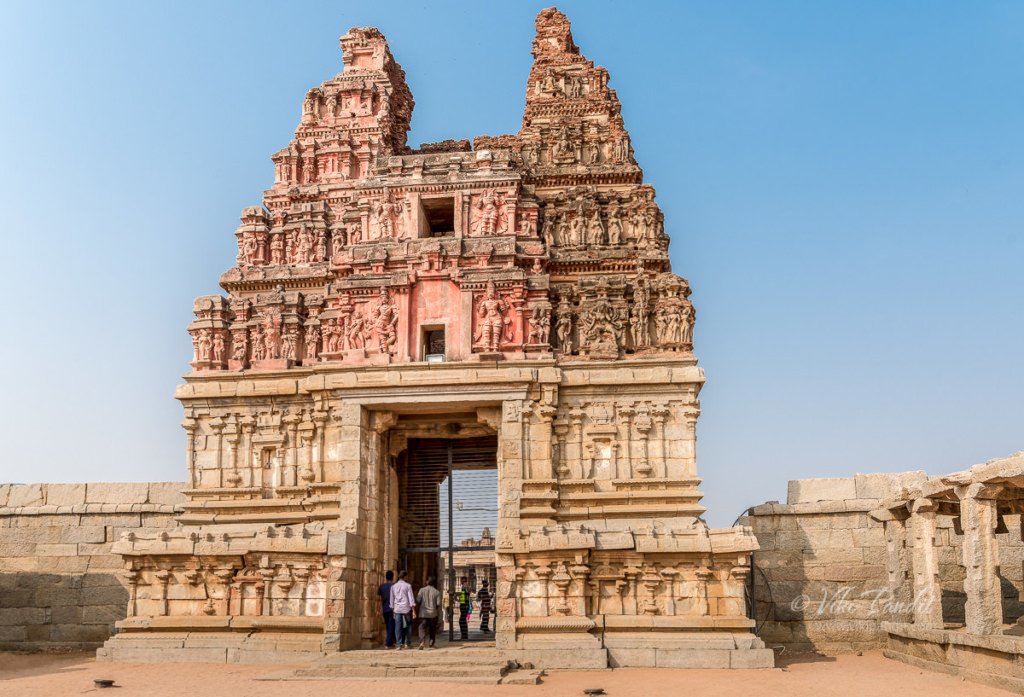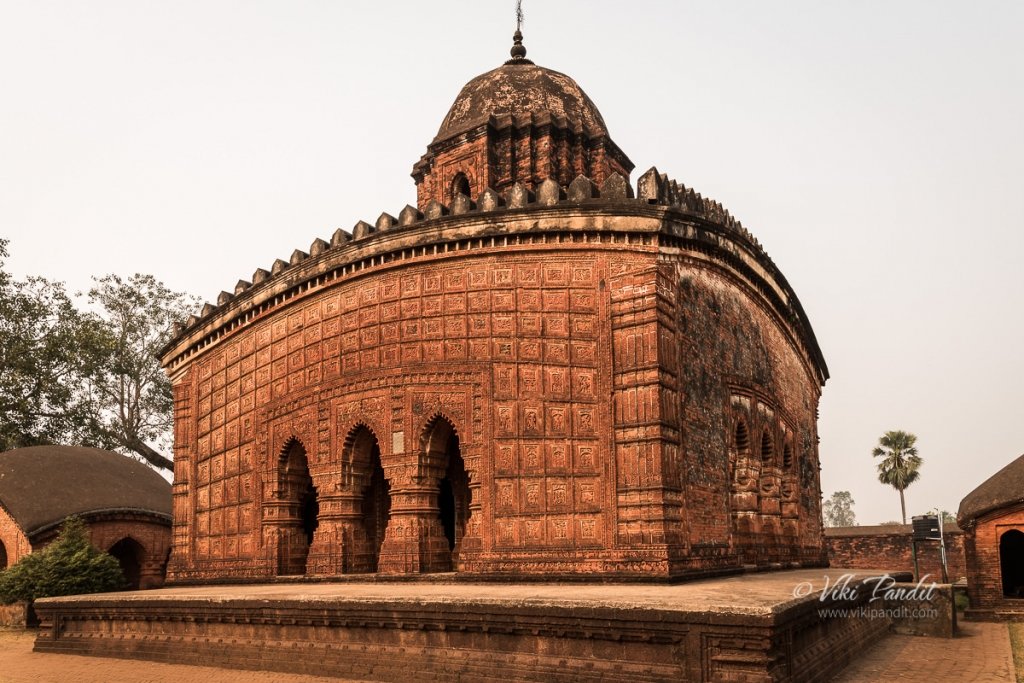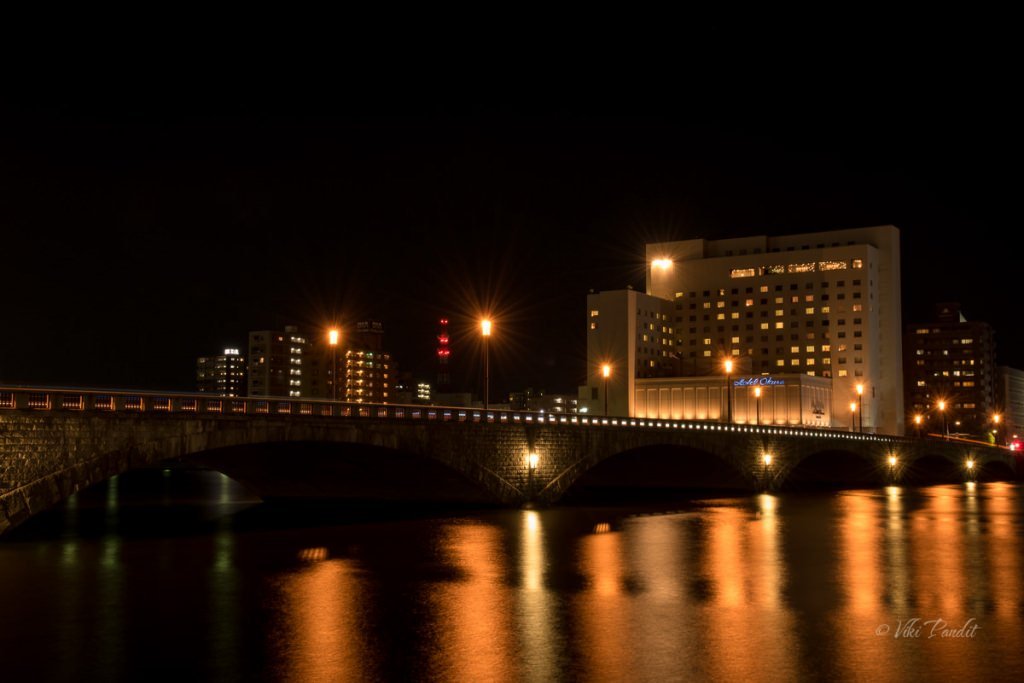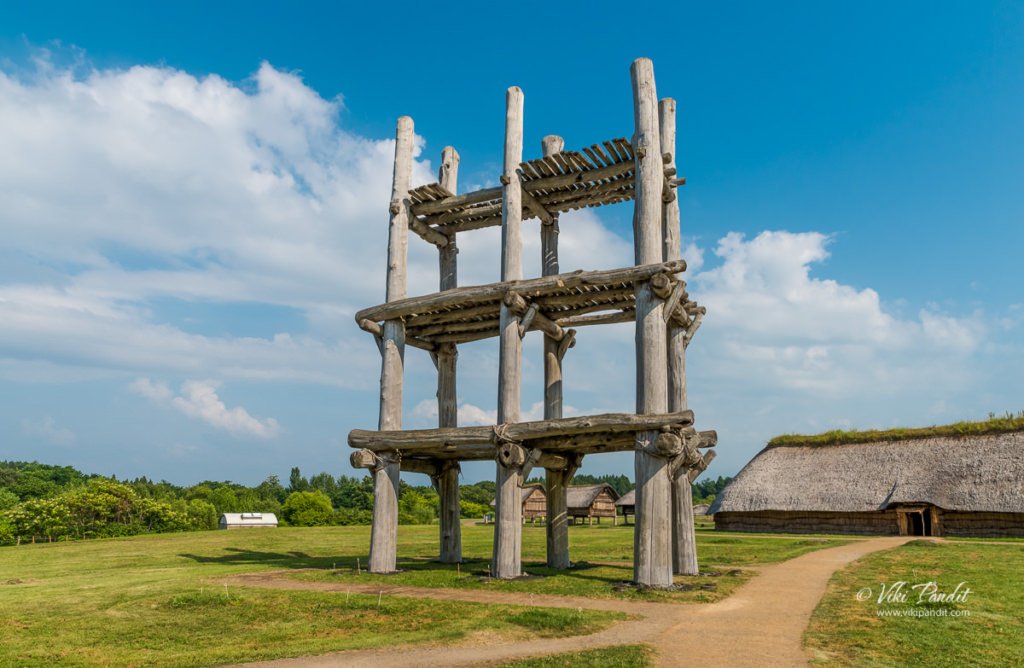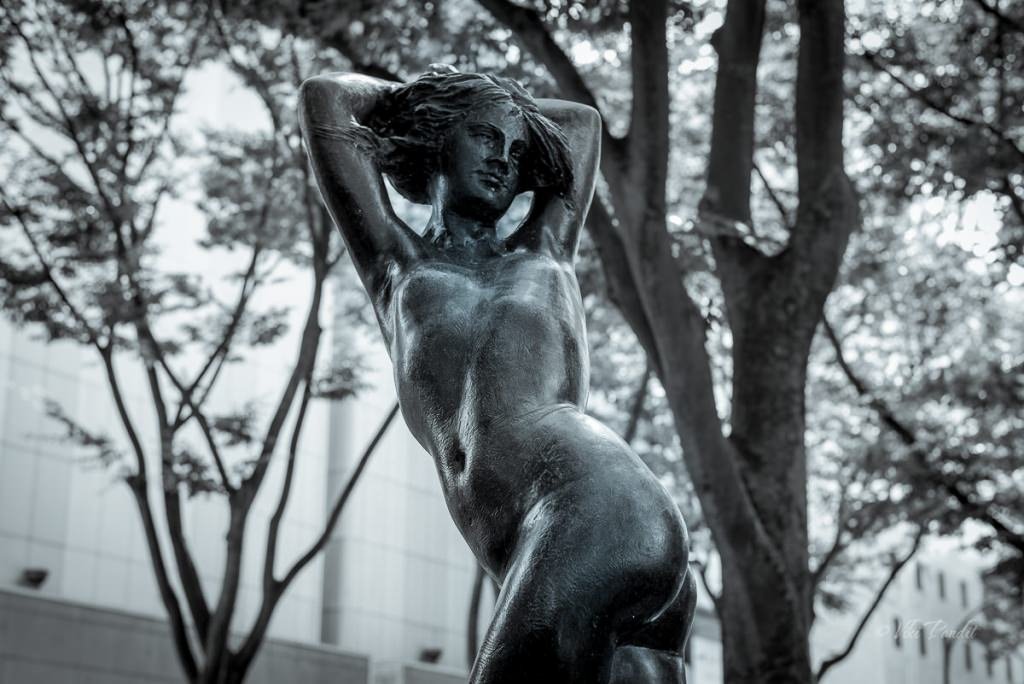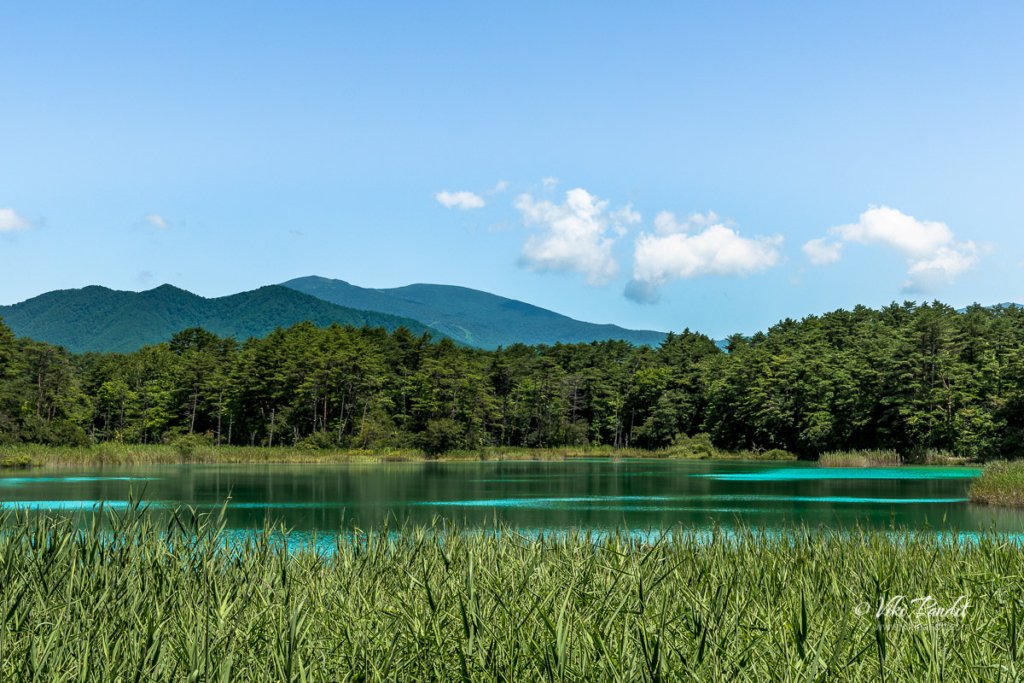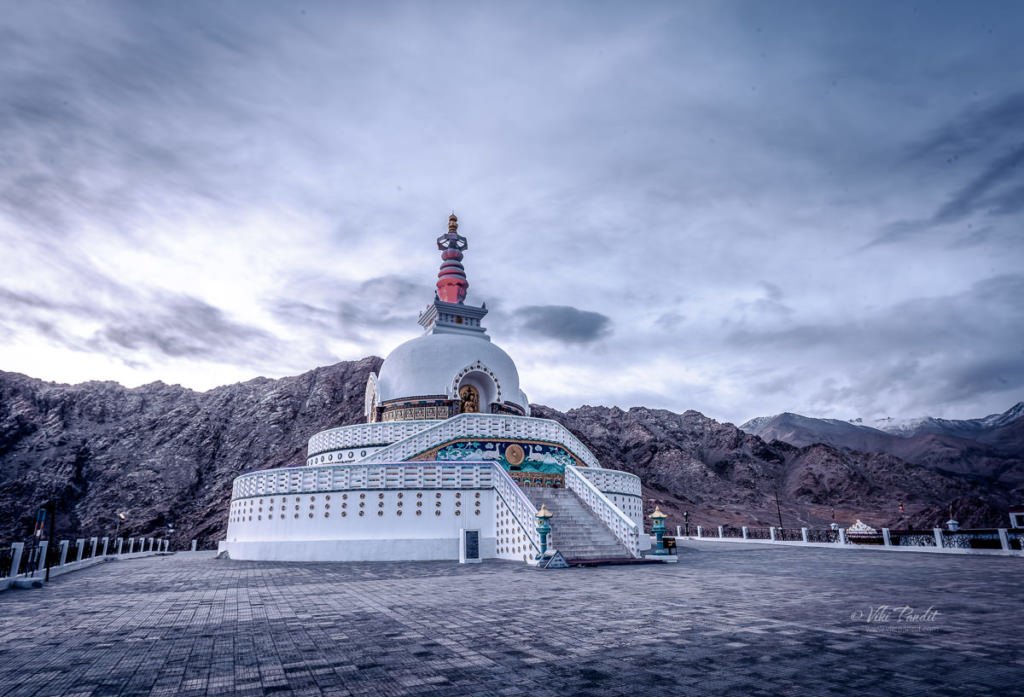

Finding peace at Shanti Stupa
We hiked to the Shanti Stupa, one of the iconic structures in Leh. Located at a height of almost 12000 ft – overlooking the city, it was commissioned in 1991 by Japanese Buddhist, Gyomyo Nakamura with the aim to promote world peace. The stupa is always surrounded by enthusiastic tourists and its next to impossible to take a photo without one.
